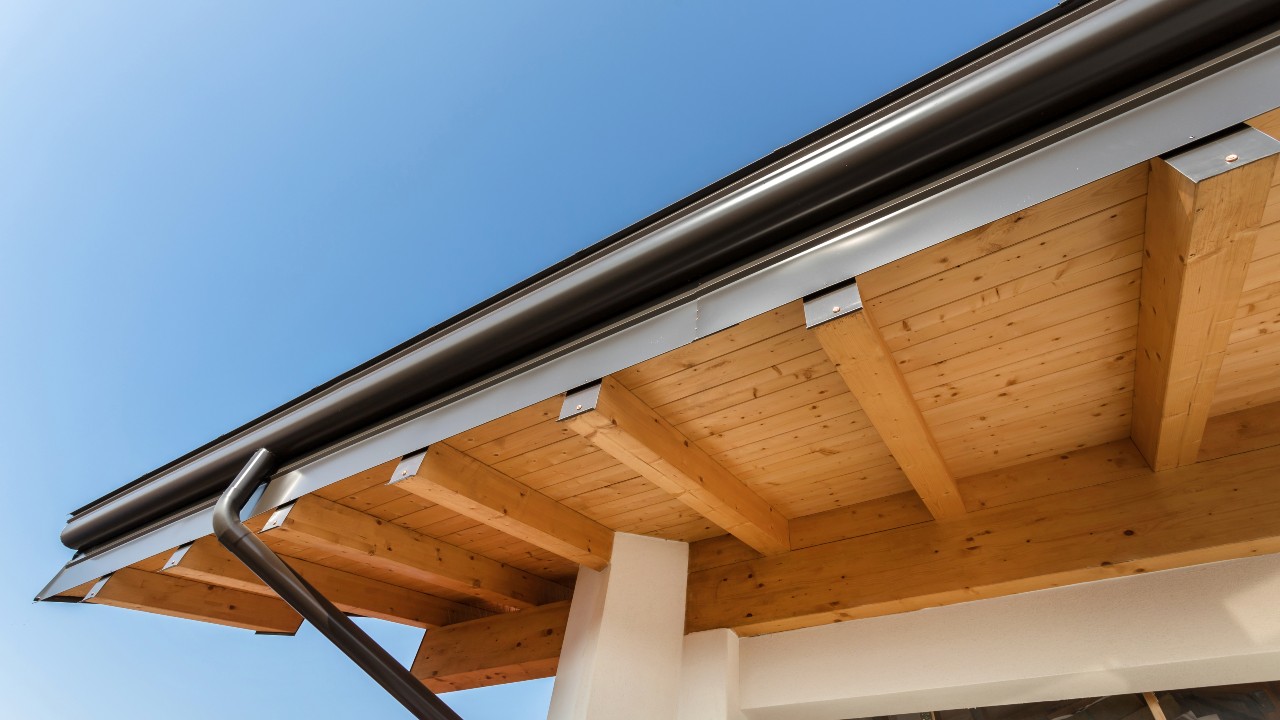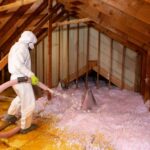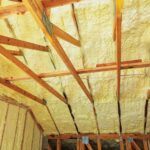Living in regions with heavy rainfall poses unique challenges for homeowners. One of the critical areas that demand attention is the roof. Proper roof drainage solutions are essential to prevent water accumulation and damage. In this article, we will explore various strategies and tips for ensuring efficient drainage in heavy rainfall areas.

Why Effective Roof Drainage is Crucial
Heavy rain can lead to water pooling on rooftops, which may cause leaks, structural damage, and mold growth. Proper drainage ensures water is diverted away from the roof, safeguarding your home. Implementing the right roof drainage solutions is not just a choice but a necessity for maintaining the integrity and longevity of your roof.
Understanding Different Roof Drainage Systems
1. Gutter Systems
Gutters are the most common drainage solution. They collect rainwater from the roof and channel it to downspouts, directing it away from the foundation. Regular maintenance, such as cleaning and inspecting for clogs, is vital for their efficiency.
2. Downspouts
Downspouts are vertical pipes connected to gutters. They play a crucial role in directing water away from the building. Ensuring they are clear of debris and properly positioned is essential for optimal performance. For DIY tips on maintaining downspouts, you can visit downspout repair.
3. Scuppers
Scuppers are openings in the side of a roof or parapet wall that allow water to drain off the surface. They are typically used in flat or low-slope roofs and can be an effective solution for managing heavy rainfall.
4. Interior Drains
Interior drains are installed at low points on the roof and connected to pipes that carry water away from the building. These systems are often used in commercial buildings and can be adapted for residential use, especially in areas with frequent heavy rains. For more insights on commercial drainage systems, check out commercial roof drainage.
Choosing the Right Drainage System for Your Home
Selecting the appropriate drainage system depends on several factors, including the roof design, local climate, and budget. Consulting with a professional can help identify the best solution tailored to your specific needs.
Maintenance Tips for Roof Drainage Systems
1. Regular Inspections
Conducting regular inspections helps identify potential issues before they become major problems. For a comprehensive guide on what to check, refer to this roof inspection checklist.
2. Clearing Debris
Leaves, twigs, and other debris can clog drainage systems, leading to water buildup. Regular cleaning, especially during the fall, ensures unobstructed water flow.
3. Repairing and Replacing Components
Over time, gutters, downspouts, and other components may wear out or get damaged. Timely repairs and replacements are essential to maintain the system’s effectiveness. Learn more about repairs from the experts at Maryland Roofers.
Innovative Solutions for Modern Homes
Modern homes often incorporate innovative solutions like green roofs and rainwater harvesting systems. These not only manage drainage effectively but also promote sustainability.
Understanding the Impact of Heavy Rainfall
Heavy rainfall can exert immense pressure on roofs. Understanding the local climate and weather patterns helps in designing an effective drainage system that can withstand extreme conditions.
Cost Considerations
While the initial investment in a proper drainage system might seem high, it is cost-effective in the long run. Preventing water damage can save significant repair costs in the future.
Case Studies: Success Stories
Several homeowners have successfully implemented advanced drainage solutions, reducing water damage and improving home value. Their experiences offer valuable insights and inspirations for others.
Common Mistakes to Avoid
Avoiding common pitfalls, such as neglecting maintenance or choosing inappropriate systems, is critical for ensuring effective drainage. Learn from others’ mistakes to make informed decisions.
Future Trends in Roof Drainage
Advancements in technology and materials are paving the way for more efficient and sustainable drainage solutions. Staying informed about these trends helps homeowners make future-proof decisions.
Conclusion: Ensuring Peace of Mind
Investing in the right roof drainage solutions is essential for homeowners in heavy rainfall areas. With proper planning, implementation, and maintenance, you can protect your home and enjoy peace of mind during the rainy seasons. For more detailed guidance on maintaining your roof, explore unclogging roof drainage systems.

FAQs
What is the most effective drainage solution for flat roofs?
Scuppers and interior drains are often recommended for flat roofs due to their ability to manage water efficiently.
How often should roof drainage systems be inspected?
It’s advisable to inspect your roof drainage systems at least twice a year, ideally in spring and fall.
Can I install a roof drainage system myself?
While some components can be DIY, consulting a professional ensures proper installation and long-term effectiveness.
This article contains affiliate links. We may earn a commission at no extra cost to you.







